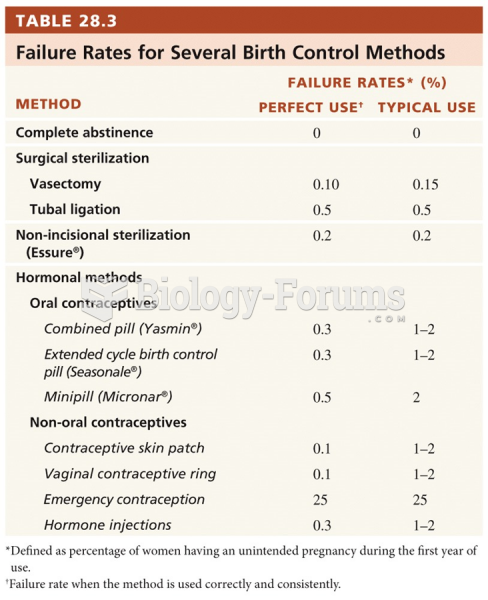Answer to Question 1
The four different methods for planning dollars invested in merchandise are: (1) basic stock, (2) percentage variation, (3) weeks' supply, and (4) the stock-to-sales-ratio method.
Basic Stock Method: The basic stock method (BSM) is used when retailers believe that it is necessary to have a given level of inventory available at all times. It requires that the retailer always have a base level of inventory investment regardless of the predicted sales volume. In addition to the base stock level, there will be a variable amount of inventory that will increase or decrease at the beginning of each sales period in the same dollar amount as the period's sales are expected to increase or decrease. The basic stock method works best if a retailer has a low inventory-turnover rate or if sales are erratic.
Percentage-Variation Method: This method is used when the retailer has a high annual inventory-turnover ratesix or more times a year. The percentage variation method assumes that the percentage fluctuations in monthly stock from average stock should be half as great as the percentage fluctuations in monthly sales from average sales.
Weeks' Supply Method: Generally, the WSM formula is used by retailers such as grocers, whose inventories are planned on a weekly, not monthly, basis and where sales do not fluctuate substantially. It states that the inventory level should be set equal to a predetermined number of weeks' supply. The predetermined number of weeks' supply is directly related to the inventory-turnover rate desired. In the WSM, inventory level in dollars varies proportionally with forecast sales. Thus, if forecast sales triple, then inventory in dollars will also triple. Having determined the number of weeks' supply to be stocked and the average weekly sales, stock levels can be replenished on a frequent or regular basis to guard against stockouts.
Stock-to-Sales Method: This method requires the retailer to have a beginning-of-the-month stock-to-sales ratio. This ratio tells the retailer how much inventory is needed at the beginning of the month to support that month's estimated sales. Stock-to-sales ratios can be obtained from internal or external sources. These ratios should only be used as a guide to determine how much inventory to have on hand at the beginning of each month.
Answer to Question 2
D







